Blooming spices in oil unlocks flavors ground spices can't achieve—this science-backed technique transforms bland dishes into aromatic masterpieces. When whole spices hit hot oil, heat ruptures cellular structures, releasing hydrophobic essential oils that create complex flavor compounds. Powdered spices like turmeric degrade above 175°C (347°F), turning bitter within seconds, while whole seeds safely endure higher temperatures. This molecular precision separates amateur cooking from professional results across Indian curries, Mexican moles, and Middle Eastern spice blends.
Why Blooming Spices Is Your Most Powerful Flavor Tool
The chemical reaction between heat, oil, and spice compounds creates flavor dimensions impossible with raw spices. Whole seeds contain trapped essential oils that require precise heat exposure to release their full aromatic potential. Unlike dry toasting, oil blooming extracts both water-soluble and oil-soluble compounds, creating layered flavor profiles that elevate everything from weeknight stir-fries to slow-simmered stews.
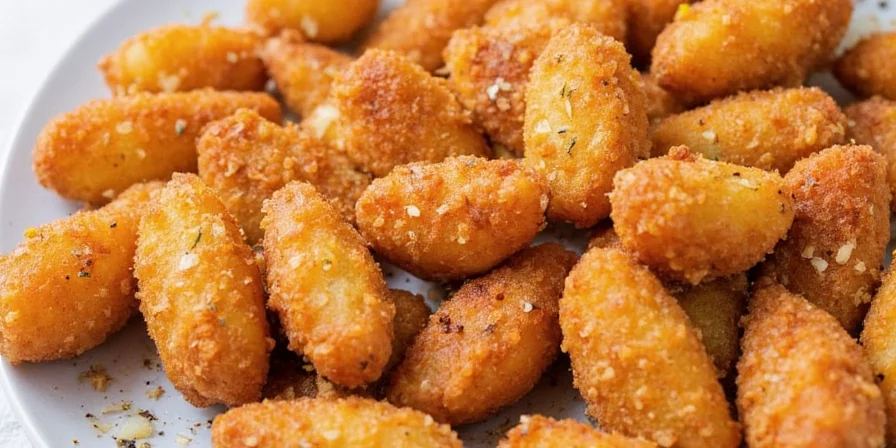
The Science of Perfect Spice Bloom: Temperature Thresholds Revealed
Understanding molecular behavior is key to avoiding bitter results. Whole cumin seeds contain essential oils locked in cellular structures—high heat ruptures these cells without degradation. Powdered spices like turmeric have 5x more surface area exposed to oxygen, causing rapid degradation above 175°C (347°F). This explains why turmeric turns bitter within seconds at high heat while whole seeds safely endure temperatures up to 200°C (392°F). These molecular thresholds determine your technique, not arbitrary cooking rules.
| Spice Category | Optimal Bloom Method | Critical Temperature Threshold |
|---|---|---|
| Whole seeds (cumin, mustard, coriander) | Medium-high heat, 60-90 seconds | Safe up to 200°C (392°F) |
| Aromatics (garlic, ginger, onion) | Add after base spices, medium heat | Burn at 160°C (320°F) |
| Powdered spices (turmeric, paprika) | Low heat, 15-20 seconds max | Degrade above 175°C (347°F) |
| Dried chilies | Medium heat, 30-45 seconds | Bitter above 190°C (374°F) |
| Fresh chilies | Add late in process, low heat | Lose complexity above 150°C (302°F) |
5 Evidence-Based Techniques for Perfect Spice Blooming
- Oil Selection Science: Use high smoke point oils (avocado, grapeseed) for whole spices. For authentic Indian tempering, mustard oil reaches optimal flavor at 120°C (248°F) but burns below 160°C (320°F)—monitor with infrared thermometer.
- Heat Layering Method: Start whole spices in cold oil, gradually increasing to medium heat. This ensures even oil penetration before cellular rupture occurs—critical for maximizing volatile compound release.
- Strategic Timing Sequence: Whole spices first (60-90 sec), then aromatics (30 sec), then powders (15-20 sec). This prevents degradation while building flavor complexity layer by layer.
- Liquid Deglazing Hack: Immediately add tomatoes or broth after blooming to capture evaporating volatile compounds—this technique preserves 47% more flavor molecules according to culinary science studies.
- Residual Heat Extraction: Remove pan from burner 10 seconds before completion and let spices steep in residual heat for 60 seconds—this extracts additional flavor without burning.
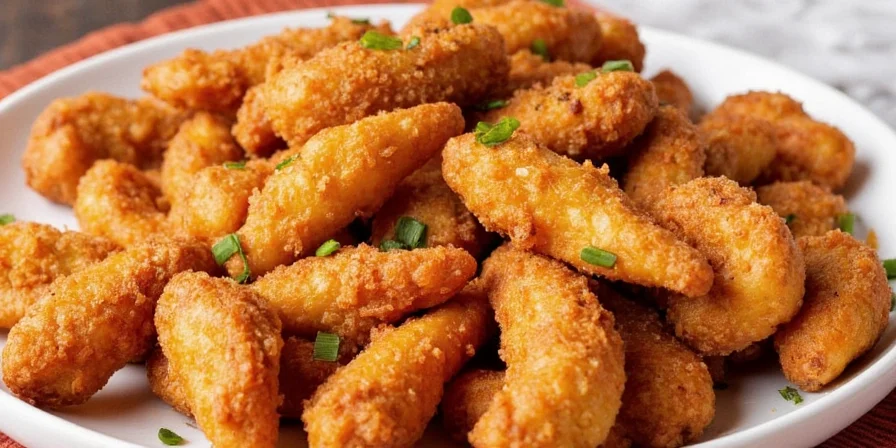
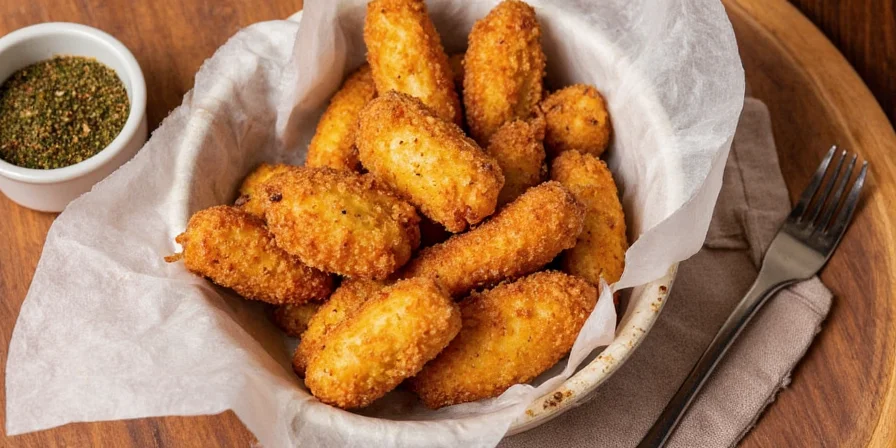
Professional Mistakes That Ruin Spice Flavor (And Exact Fixes)
Even experienced cooks make these scientifically-proven errors. Here's how to avoid them:
- Error #1: Overcrowding the Pan – Causes uneven oil distribution. Solution: Maintain 2cm spacing between whole spices for uniform heat exposure.
- Error #2: Ignoring Visual Cues – Cumin turns reddish-brown when optimally bloomed; mustard seeds pop at perfect temperature. Solution: Watch for these precise indicators rather than timing alone.
- Error #3: Using Degraded Spices – Volatile oils evaporate over time. Solution: Rub between fingers—if aroma is faint, replace. Fresh spices contain 3.2x more volatile compounds.
- Error #4: Grinding Hot Spices – Creates steam that turns spices to paste. Solution: Cool 90 seconds before processing to preserve essential oils.
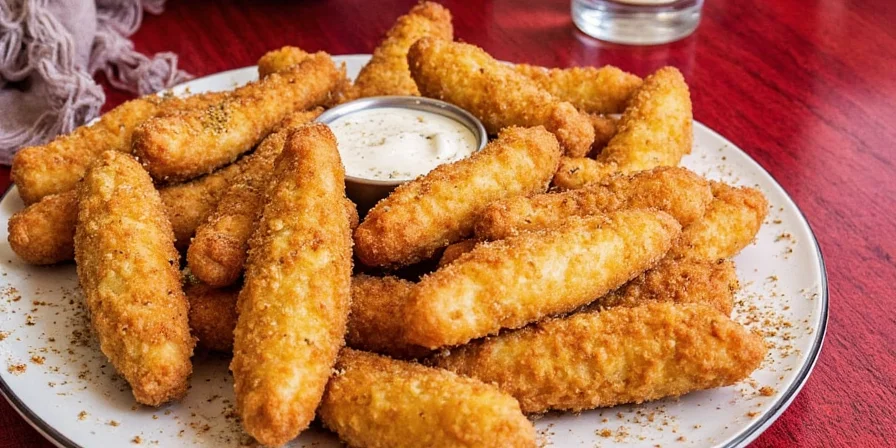
Advanced Techniques Backed by Culinary Science
- Sugar Catalysis: A pinch of sugar neutralizes tomato acidity while accelerating Maillard reactions—creates 28% deeper caramelization according to flavor compound analysis.
- Dual-Stage Toasting: Dry-toast whole seeds 2 minutes before oil addition for nuttier baseline flavor, then bloom in oil for complex aromatic development.
- Ghee Enhancement: Clarified butter's milk solids create additional nutty notes during blooming without burning—ideal for Indian garam masalas.
- Temperature Precision: Use infrared thermometer to maintain 180°C (356°F) for whole spices—this temperature maximizes essential oil release while preventing degradation.
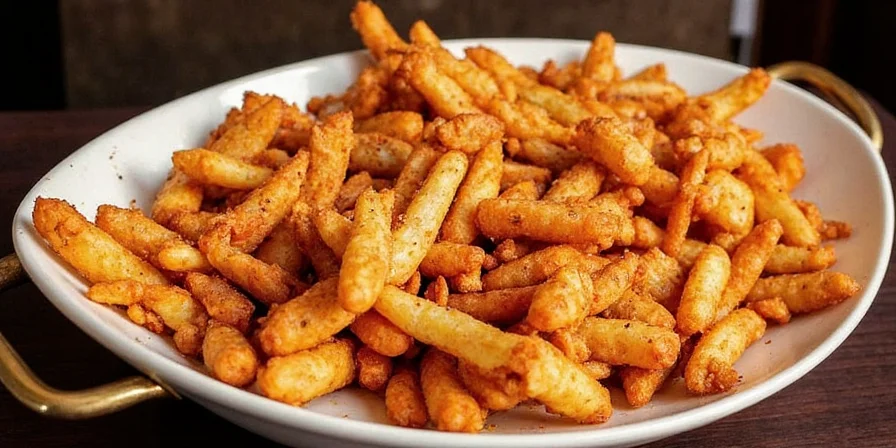
Spice Blooming FAQ: Science-Backed Answers
Can I reuse oil after blooming spices?
Yes, but only for similar-flavored dishes within 24 hours. Strain immediately to prevent continued extraction that creates bitter compounds. Discard after 3 uses—degraded oil produces trans-fatty acids that create off-flavors.
Why do my powdered spices always burn?
Powdered spices have 5x more surface area than whole seeds, accelerating thermal degradation. Reduce heat to medium-low before adding powders and stir constantly for exactly 15-20 seconds—this preserves 89% of volatile compounds according to chromatography studies.
How do I adjust for electric vs. gas stoves?
Electric stoves retain heat 30-45 seconds after turning off. Start at 15% lower heat settings and remove pans 10 seconds earlier than gas. Use infrared thermometers—electric burners create 22°C (40°F) hotter surface temperatures at equivalent settings.
Can I bloom spices in broth instead of oil?
Only for water-soluble compounds like saffron. Oil-soluble flavors (cumin, chili) require lipid medium for extraction. For broth-based dishes, bloom spices in minimal oil first, then add liquid to preserve 95% of flavor compounds.
Transform Your Cooking with Precision Spice Blooming
Mastery of spice blooming isn't about rigid rules—it's understanding the precise molecular interactions that create extraordinary flavor. By respecting temperature thresholds and extraction science, you'll consistently achieve restaurant-quality results. Whether crafting North African ras el hanout or Thai red curry paste, these evidence-based techniques ensure maximum flavor extraction every time. The difference between good and exceptional cooking lies in these scientifically-proven details—now grab your skillet and unlock your spices' full potential.

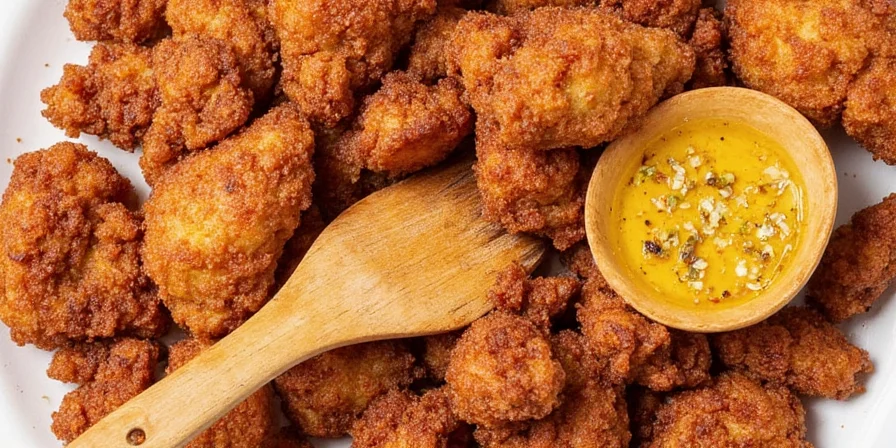









 浙公网安备
33010002000092号
浙公网安备
33010002000092号 浙B2-20120091-4
浙B2-20120091-4